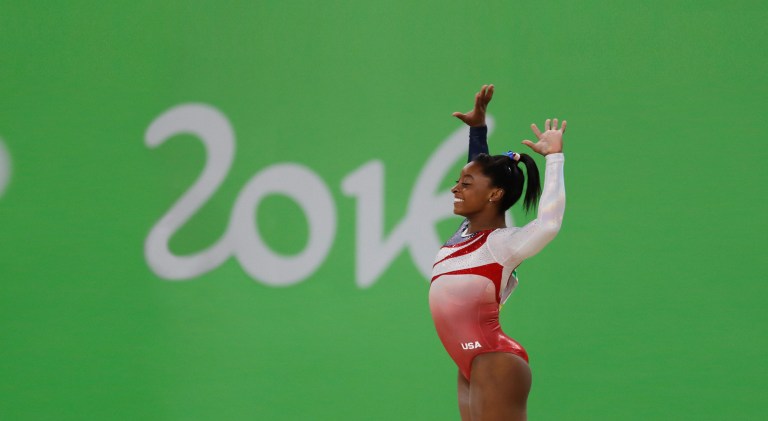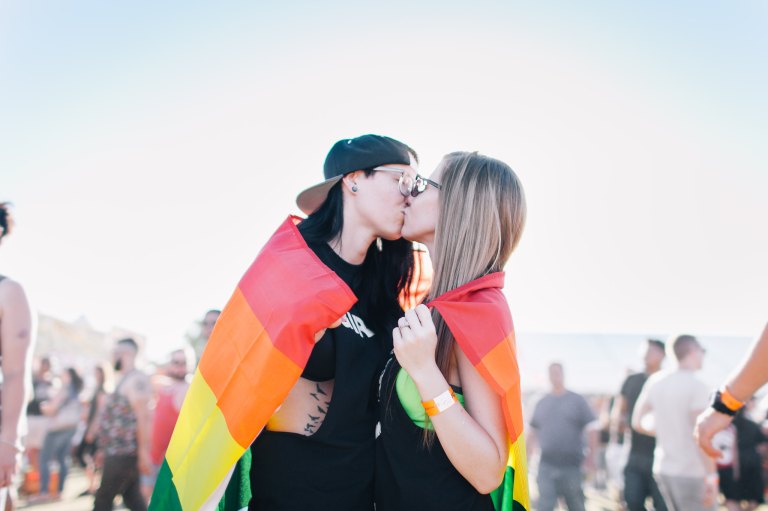If You’re For ‘Free The Nipple’, You Shouldn’t Call Yourself A Feminist
On the surface level is a portrait of women just wanting to be able to go topless and to not have their Instagram photos deleted. Unfortunately, although it means more than just that, the “wanting to go topless” label succeeds, and then the campaign just seems silly.


Over and over again I hear the phrase “Free the Nipple” thrown around quite frequently. On social media, news outlets, and by word of mouth it is a campaign launched to move towards desexualizing women’s breasts and to allow a women to show her nipples in public without scrutiny or without consequence.
I’d like to preface this by stating that I do believe that the over sexualization of women’s bodies is indeed a very real issue, and I am not negating the ideology that a woman’s body is her body and therefore she should not be penalized for showing her breasts (breast feeding or just generally being topless). I am certainly aware of the implications that come alongside such restrictions.
However, I do not fully believe that this campaign is necessary nor do I believe that it is going to make any viable social change towards women’s rights, treatment, and respect. What I do believe is that it is blemishing the face of modern day feminism.
When the word feminism isn’t being tagged with the label of “man hating” it’s probably being tagged with a separate label of being silly. People automatically recall the infamous “bra burning” myth. These labels discredit the empowering driving force behind feminist efforts striding for goals of equality for everyone.
Yes, everyone.
Although feminism itself is a very broad concept, it umbrellas for an array of societal issues involving discrimination and the lack of rights for certain groups of people. That’s why it is difficult to discern which actions under the name of feminism apply to all groups, and in most cases they don’t.
The “Free the Nipple” campaign, although employing a nature in the woman’s right to her body category, is failing to include most women. When taking a look at this campaign, it traces back to western women of higher class status that are usually young, thin, and white (as seen by photos at least). It doesn’t seem to include women of color, Muslim women, old women, etc. Of course I’d imagine these demographics would be welcome by other FTN activists, but the issue isn’t that.
Feminism acts through many different lenses and women everywhere face very different issues. It’s important not to demean any viable struggles that women face, but I believe that it is also similarly important to carefully think out the way that we as women fight for equality. The “free the nipple” campaign is fighting for women’s bodies to not be as sexualized as they are, which is an amazing cause. Our bodies aren’t meant to be commercialized.
However, this campaign tends to paint the wrong story.
On the surface level, which most people see, is a portrait of women just wanting to be able to go topless and to not have their topless Instagram photos deleted. Unfortunately, although “free the nipple” means more than just that, the “wanting to go topless” label succeeds, and then the campaign just seems silly.
The campaign also makes the issue, and this is a juxtaposition, of essentially re-sexualizing boobs instead of desexualizing them by bringing attention straight towards the boobs themselves.
Therefore, by merely focusing on one body part, one narrows the entire body of a woman down to her supposed super sexual chest.
As a whole, we should be making an effort to focus on the entirety of a woman’s body and by just looking at this one part, we fail to account for the bigger meaning. Instead of just putting more emphasis on boobs, on “freeing the nipple”, because there already seems to be too much (hence the designation of the campaign), maybe we should include the body as a whole- let it be the “Free the body” campaign.
So, maybe next time you post a photo on Instagram with the tag “Free the Nipple” without fully thinking about the implications that this brings to the face of feminism, maybe take a step back, and reconsider the meaning of the tag and the small demographic it actually reaches. The campaign, although with good intentions, not only fails to represent more than young, white, thin women, it also slanders the cause of desexualizing women’s bodies with its different forms of protests that, to the public eye, seem more or less silly.
Perhaps a more powerful Instagram tag would go something along the lines of “free OUR bodies”, because a woman is more than just her body, and certainly more than just her nipples. ![]()




